Welcome to the exciting
world of historical combat!
surviving dedicated technical treatises from the
Late Middle Ages to the early modern period.

Historical European Martial Arts (HEMA) Resources
Welcome to the best HEMA website to learn and find information resources for starting your journey into historical fencing and medieval swordsmanship. Train to use the long sword, buckler, rapier, montante / zweihänder, British military sabres and more swords! We have guides covering Historical European martial arts ( HEMA ) from the Late Middle Ages to the Renaissance, to the Early Modern period. We are your gateway to knightly art of medieval sword fighting classes at clubs all over the world. We have published over 80 articles about HEMA with new ones released every week! You can also find direct links to products from multiple manufacturers of HEMA equipment at our shopping directory page
- TRAIN
Want to Learn HEMA?
Click on the button below to find HEMA resource information for books, manuals and other guides to learn sword fighting from books and manuals. Learn the long sword, rapier, military saber, and even mounted combat.
- HEMA SCHOOL FINDER
Learn HEMA from others
There are historical fencing clubs throughout the world, with more groups forming every day. Historical European martial arts (HEMA) requires specialty equipment to safely practice and joining a HEMA club is the best way to access loaner equipment and learn from experienced teachers. Click below to access our HEMA Club Finder service with over 300 HEMA clubs teaching sword fighting worldwide. We guarantee all listings are up to date and accurate.
- HEMA FAQ
HEMA Common Questions and Answers
Many people have questions about HEMA / Historical European martial arts. Here you can find answers to common questions.
HEMA is an acronym that stands for ‘Historical European Martial Arts’. HEMA is generally regarded as martial arts that are based on surviving dedicated technical treatises and martial arts manuals dated to the Late Middle Ages, Renaissance and the early modern period. It can also be based on documentation of the fighting methods of classical antiquity (such as Greek wrestling, gladiatorial combat or Roman infantry tactics).
The majority of HEMA practitioners study manuscripts and instructional booklets written many hundreds of years ago, which is referred to as ‘source based’ study. You can start your journey into this world by clicking the following link to our ‘Learn HEMA‘ page.
If you’d still like more detailed information on what HEMA is, please check our longer article on the subject by clicking here.
Many people are attracted to the idea of studying historical swordsmanship due to depictions in popular media such as fantasy novels, comics, television, movies and video games. Some people also have an interest in military history that leads them to desire to study the usage of antiquated military weapons such as swords to better their understanding of how warfare was conducted during these time periods.
Mostly people study Historical European martial arts (HEMA) because sword fighting is a fun hobby that provides excellent physical exercise. While it is doubtful that swords will ever have supremacy in the battlefield again, this weapon’s place in martial disciplines are solidified. Swords hold an important place in the human psyche and training a person to use one can both improve self-esteem and health.
No.
This can be confusing for some people, but thinking that someone studying HEMA is a historical reenactor would be like considering someone studying Kendo to be a samurai roleplayer.
HEMA is based on historical practices and while it utilizes period weapons and sometimes protective equipment, generally speaking clubs engaging in HEMA practices are not engaging in historical re-enactment or LARPing, and most of the protective equipment used by HEMA practitioners are modern designs to improve safety.
The origins of the modern HEMA movement are founded in scholarly research and experimental archaeology. It is now emerging into a sport but the hobby is still centered around recreating the fighting styles of historical European peoples based on surviving source material such as medieval manuscripts and booklets. You can learn more about the development of HEMA as a modern sport by reading our Timeline of the HEMA Movement article.
That said, many people who practice HEMA may also engage in historical re-enactment, LARPing and other kinds of roleplaying activities and bring their knowledge of historical martial art techniques when participating in those other kinds of events. There are also some HEMAist who may put on specialty events which are reenactment in nature as part of their studies.
Olympic, or rather modern fencing, is a style of sport fencing that grew from smallsword and military sabre traditions practiced in the 19th century. It transformed throughout the 20th century through rules that heavily gamified it until it now bears very little resemblance to the original traditions it descends from.
In HEMA there are people who study the original smallsword and military sabre traditions which modern sport fencing descends from. HEMA athletes also study older weapon systems such as the long sword, rapier, dussack, polearms, zweihander, bucklers and so on.
Additionally modern sport fencing no longer includes disarms and grappling in its repertoire, whereas HEMA does. There are even those who study how to fight on horseback using sword, sabre and lance.
While modern sport fencing is an excellent sport and many people involved in HEMA have a background in it, the biggest difference is that HEMA utilizes the actual techniques used by swordsman from centuries ago to fight real life-or-death battles. Modern sport fencing does not. Some of the fundamentals that modern sport fencing teaches are very applicable to HEMA though, so sport fencers often find an easy transition into HEMA. We discuss this topic further in our article, ‘Olympic Fencing Vs. HEMA‘.
Stage fencing is a style of fencing that was developed for use in theatre plays, and later movies and television series.
While stage fencing has its roots in the theatre companies of 16th century England, the kind of stage fencing common today is influenced from the efforts of Alfred Hutton, a famous 19th century fencer who can be considered to have started the first revival of Historical European martial arts by researching and publishing material on the usage of weapons such as the long sword and rapier. Hutton earned a living as an instructor and trained many popular actors and actresses in his day, and adapted older techniques into a style of fencing made specifically to entertain people through rehearsed and coordinated fighting plays.
HEMA has very little to do with stage fencing, as we instead use the source material for older weapons in the way they were originally intended to be used. This is sometimes not as flashy or visually impressive as stage fencing looks. That said some important contributors to the modern HEMA movement had a background in stage fencing and utilized their knowledge to help recreate the arts.
While HEMA uses swordsmanship with heavier training swords than other fencing practices it is not anymore dangerous than other kinds of contact sports when using the proper safety equipment and following some simple rules. So long as both fighters use properly constructed fencing masks, gorgets (neck protectors), specialty fencing jackets and gloves for HEMA usage and other equipment, HEMA is a fairly safe practice. To date no one has ever been killed while practicing HEMA and no one has suffered a major injury at a tournament. Please read our article, ‘Safety Tips for Historical Fencing‘ for more information.
Historical European martial arts (HEMA) is a worldwide phenomenon practiced by people on every continent, not just Europe and the Americas. The internet has made it very easy for information about HEMA to be circulated and translated into several languages, and international shipping to allow for specialty equipment to be purchased from countries where manufacturers reside.
There are HEMA clubs in Asia, South America and even Africa studying European medieval martial arts. That said, the vast majority of clubs are based in Europe and North America, with individual members belonging to a dozen different organizing bodies depending upon what country and club they are affiliated with.
As the population of people involved in HEMA are scattered around the world and belong to different affiliations, this makes it difficult to get an accurate assessment of precisely how many people are practicing western historical martial arts but based on online activities we estimate there is somewhere around 200,000 people worldwide participating in HEMA in some capacity.
The hobby is popular enough that several businesses have sprouted up over the past decade to provide specialty equipment and services to HEMA practitioners.
No.
Like any other martial art and hobby it can be enjoyed by anyone.
A person cannot pick their ethnicity. You can choose your culture.
Just as many non-Asian individuals study and practice Asian martial arts, anyone can study European martial arts, too. There are clubs all around the world on every continent who study HEMA.
There is no international governing body for Historical European martial arts (HEMA) sword fighting tournaments, competitions and events. Only a few governing bodies exist in particular countries, and even within those countries which have such organizations they may not be the only one operating in that country.
HEMA is still largely a grass roots movement with events usually hosted by a single club, which might not be affiliated with any other club. Consequently the rules for one tournament may be very different than the ruleset used by another event operated by a different club or organization.
In general HEMA tournaments use a point fighting based system similar to modern Olympic fencing but with modifications the organizing club believes are better suited to the unique characteristics of the weapons being used. Matches are typically a duel between two athletes using the same class of weapon (e.g. longsword vs longsword; rapier vs rapier; saber vs saber) and organized into men, women and mixed gender divisions.
One of the notable differences between modern sport fencing and historical fencing matches are that in historical fencing there is no piste strip platform, so fighters are able to circle around one another during a match, which creates a more historically realistic environment.
Learning Historical European martial arts is similar to studying any other martial art. You need to have a minimum degree of athletic ability (e.g. the ability to stand, walk with and hold a weapon for extended periods of time) and a way to learn. You also need at least one other person to be a training partner with you, and a minimum amount of training equipment.
Most people seek to join clubs that are geographically close to where they live in order to gain access to experienced training partners, instructors and a club’s loaner equipment such as practice weapons, fencing masks and other protective gear.
Often it is the case that a person does not live near a club or study group and will need to either move to be closer to an existing one, or form their own group using resources to learn. Resources for learning remotely and starting your own group usually take the shape of instructional books or videos.
You can find a list of such resources by clicking on this article, ‘How to Learn HEMA‘.
If you don’t live near an existing club that teaches HEMA you could start a study group where you and a friend practice based on books, videos and online courses. Please read our ‘How to learn HEMA when there is no club near you‘ page for access to resources.
If you have no prior martial art experience or don’t feel confident that you can learn from books or videos, what you can do is look for a sport fencing club near you. While sport fencing is different than HEMA it does teach many skills which are transferable to HEMA. By studying sport fencing you will be able to acquire the necessary skills to then better understand the source material and videos, and teach yourself.

This video provides an excellent overview of what Historical European martial arts (HEMA) is.
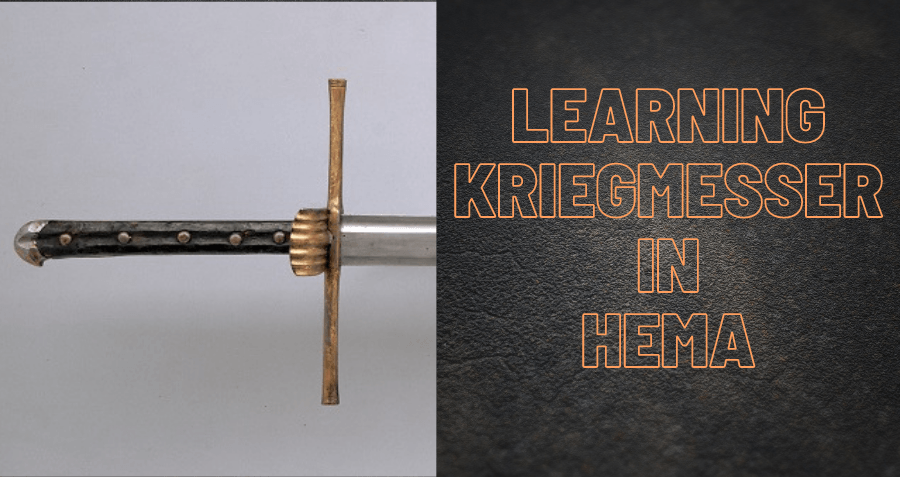
How to Learn to Use a Kriegsmesser
Many people who are interested in Historical European martial arts (HEMA) are also interested in studying the large two-handed messer sword variation, which is commonly called a Kriegsmesser. This short
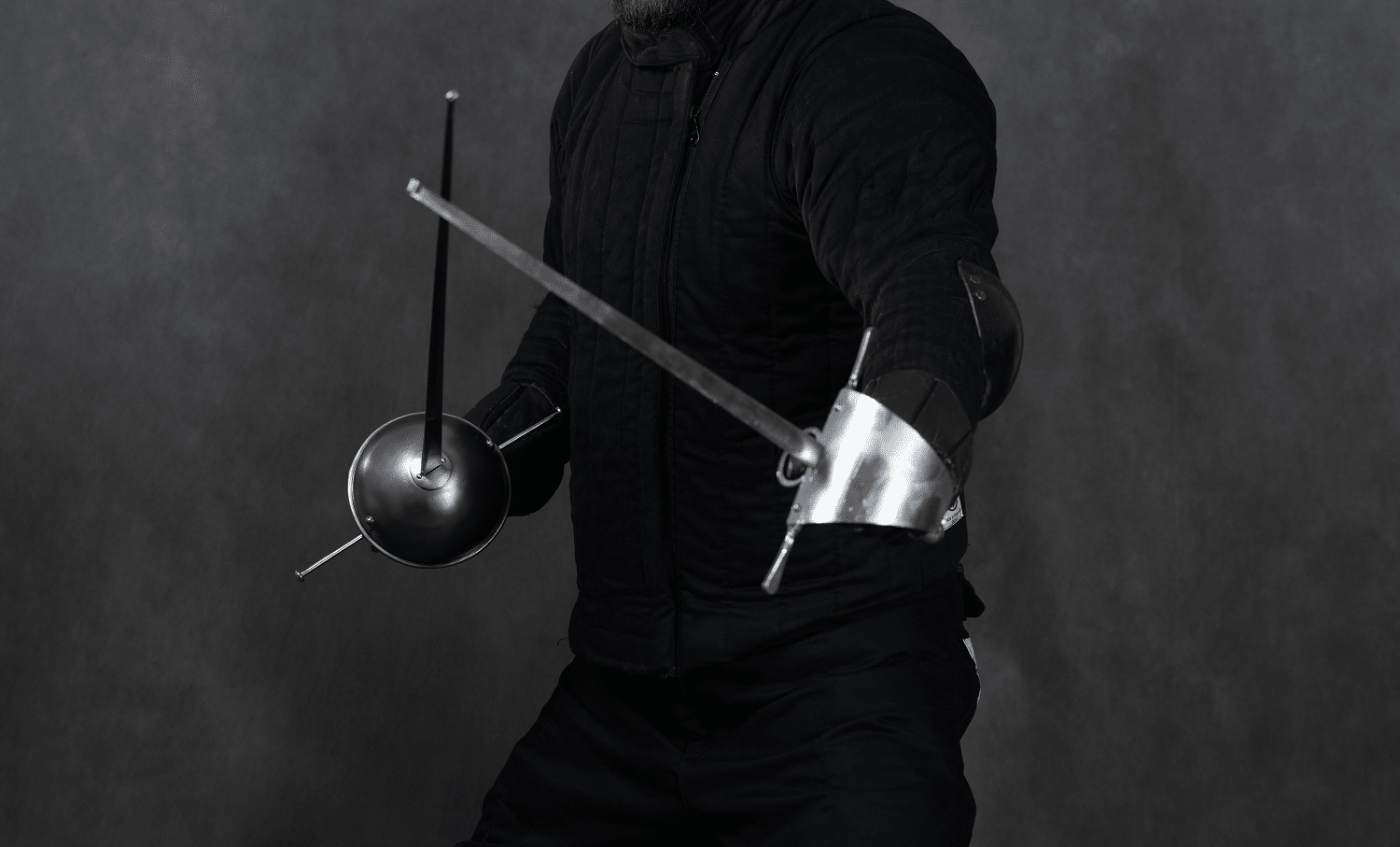
How to Learn Rapier Historical Sword Fencing
Rapier is a form of fencing that uses one-handed swords. The rapier is a long, thin, pointed sword used primarily for thrusting attacks, and developed in Europe during the 16th
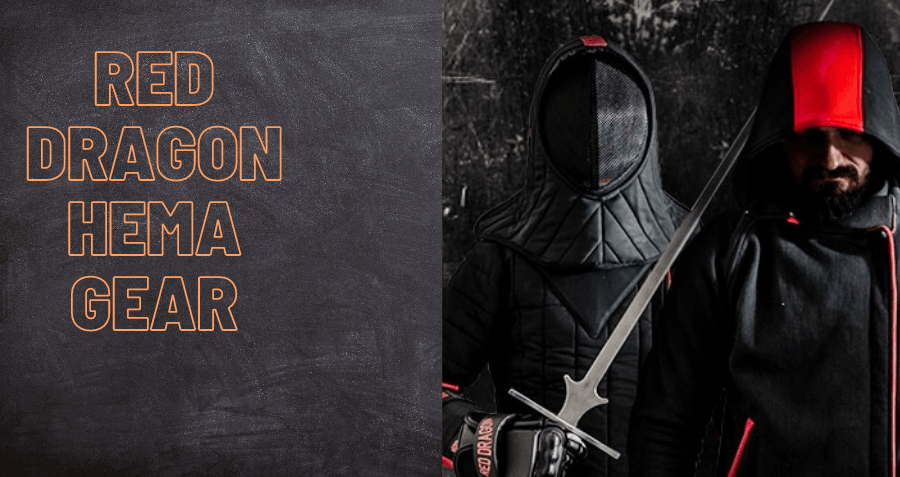
Is Red Dragon HEMA Gear Worth Buying for USA Beginner Swordfighters?
Historical European martial arts ( HEMA ) is an exciting sport and hobby enjoyed by many people that is growing in popularity every day and newbies are always looking for
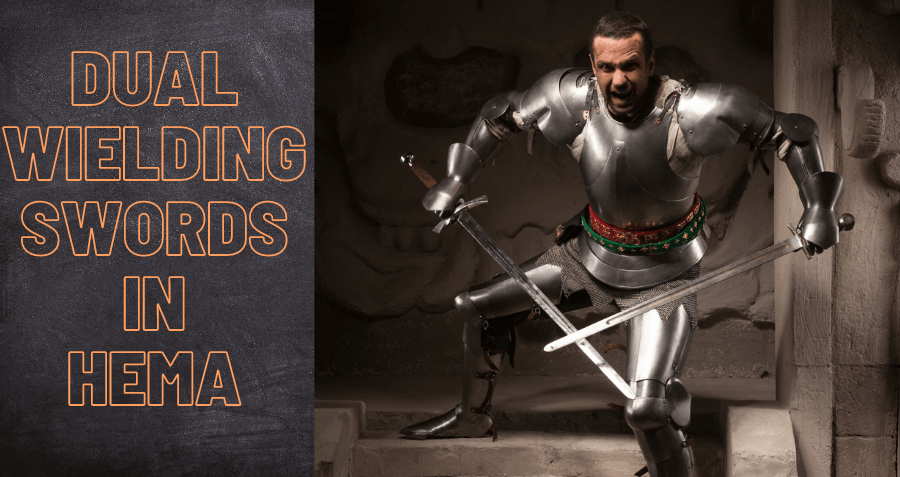
How to Learn Dual Wielding Two Sword Fighting Techniques in HEMA
If you are a martial artist who wants to learn how to fight while wielding two swords in each hand, it’s imperative that you learn the right techniques to do
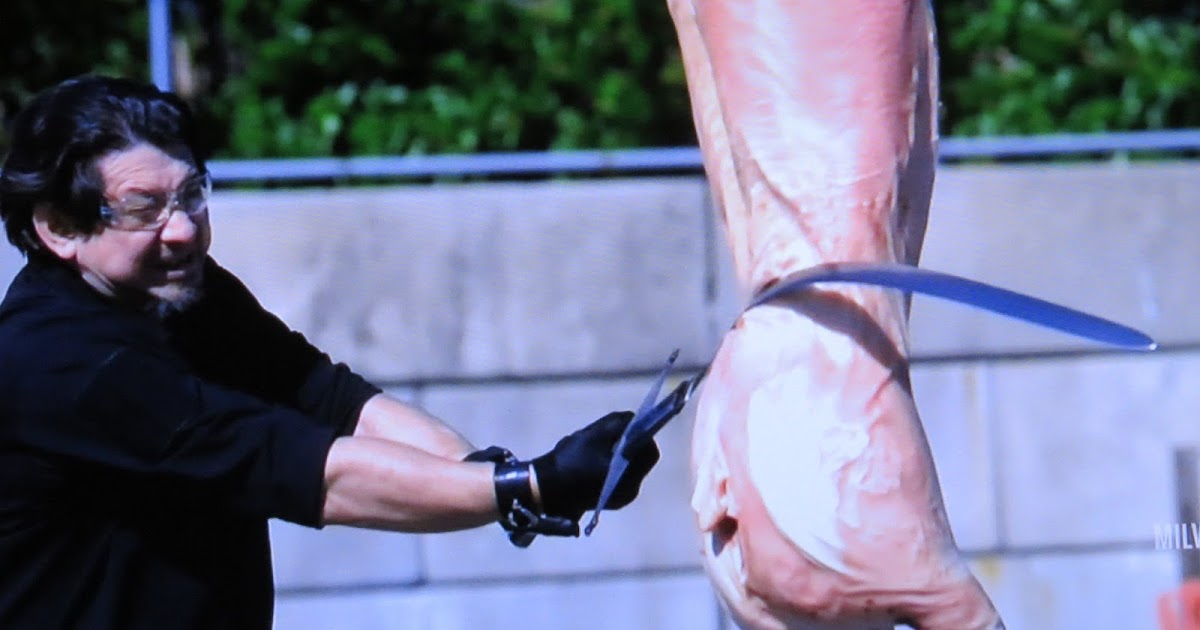
Why the History Channel TV Series Forged In Fire Is a Bad Representative of Historical Swordsmanship and Blade Forging
‘Forged in Fire‘ is an television series produced for the United States based cable television History Channel and has become popular, with its episodes gaining many millions of views, to
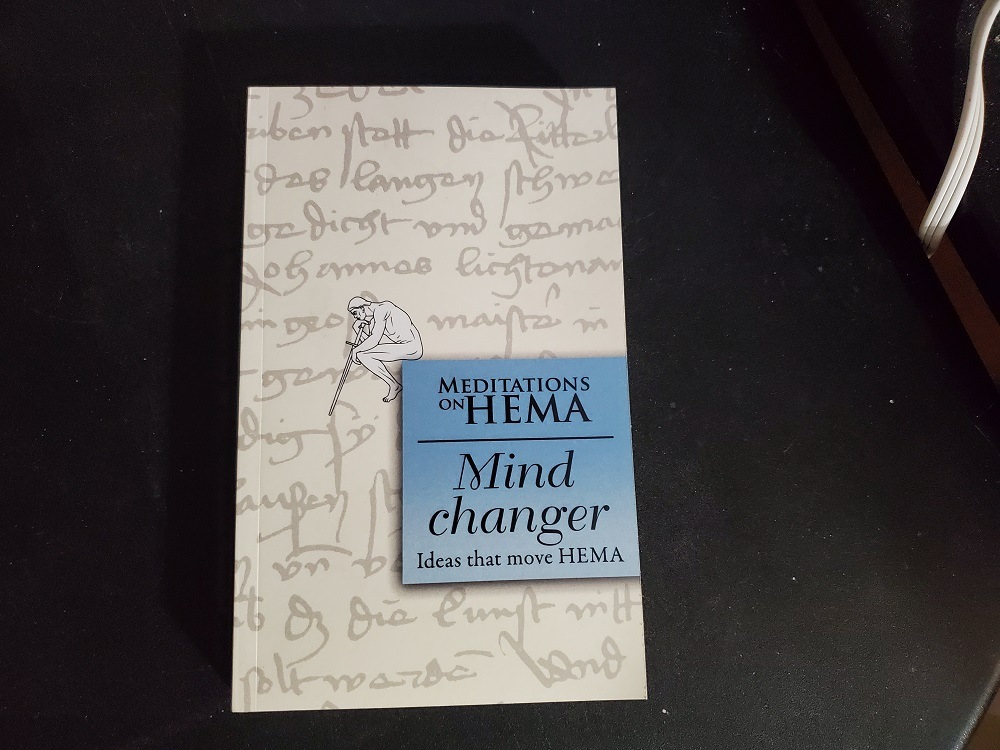
Book Review for Meditations on HEMA: Mind Changer
This is a book review for Meditations on HEMA: Mind Changer, Ideas that Move HEMA published by BL Books. Published in 2020, Meditations on HEMA is a compilation book featuring
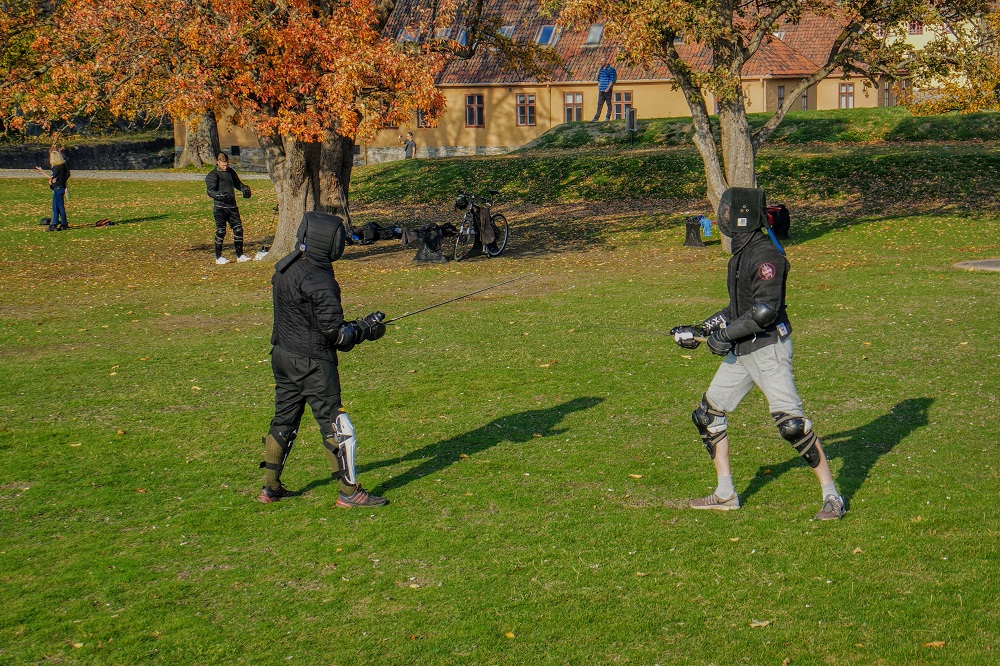
How to Find Longsword Lessons Near You
Do you want to learn how to wield a longsword? The longsword is a type of historical European medieval weapon that was used from the 14th century to the 16th
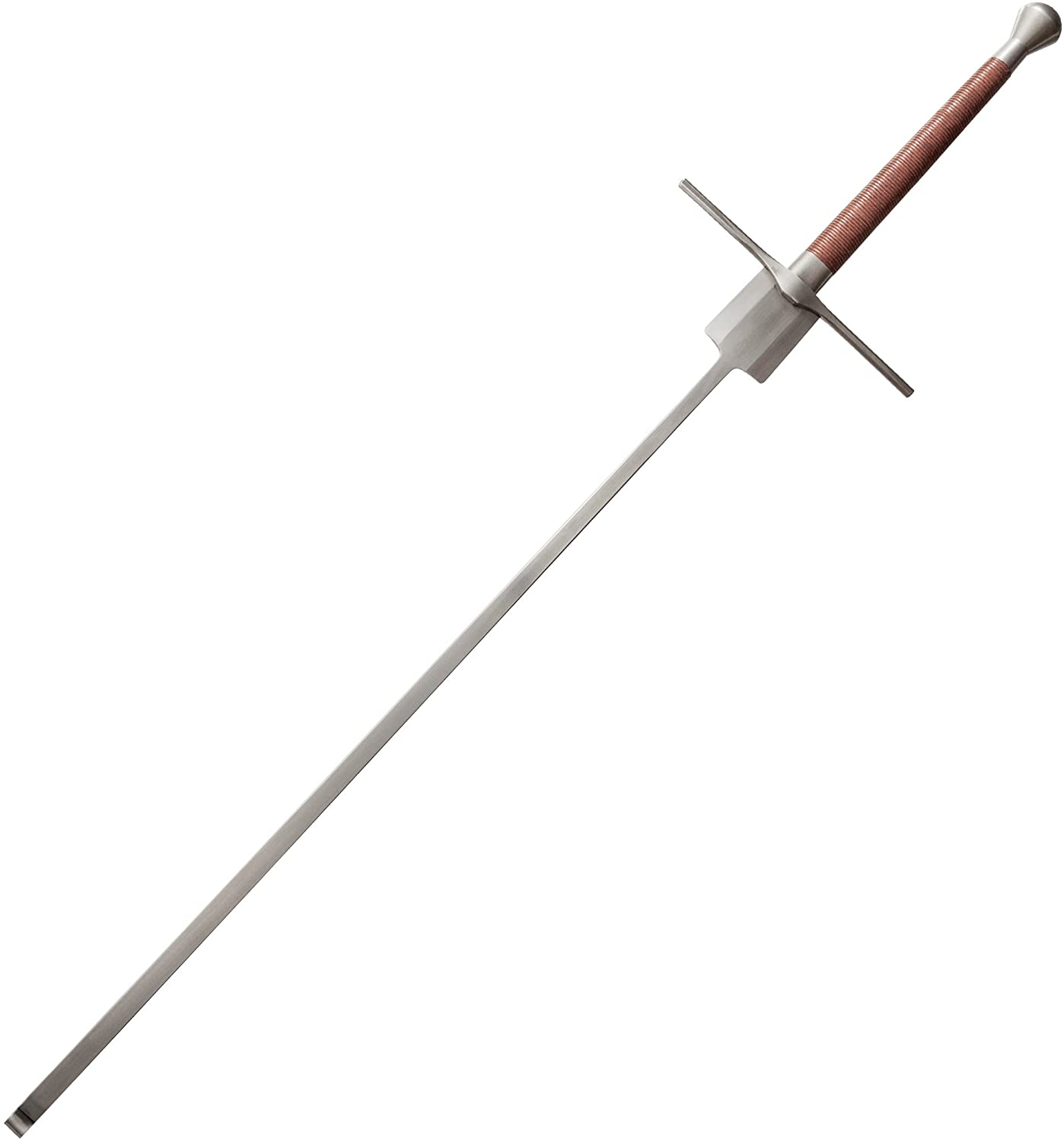
Important Considerations for Hanwei and Kingston Arms Produced Federschwert Swords for HEMA
This article is focused on discussing the CAS Hanwei Federschwert sword, which is also sold under the brand name of Kingston Arms Federschwert. Both swords are identical models distributed by
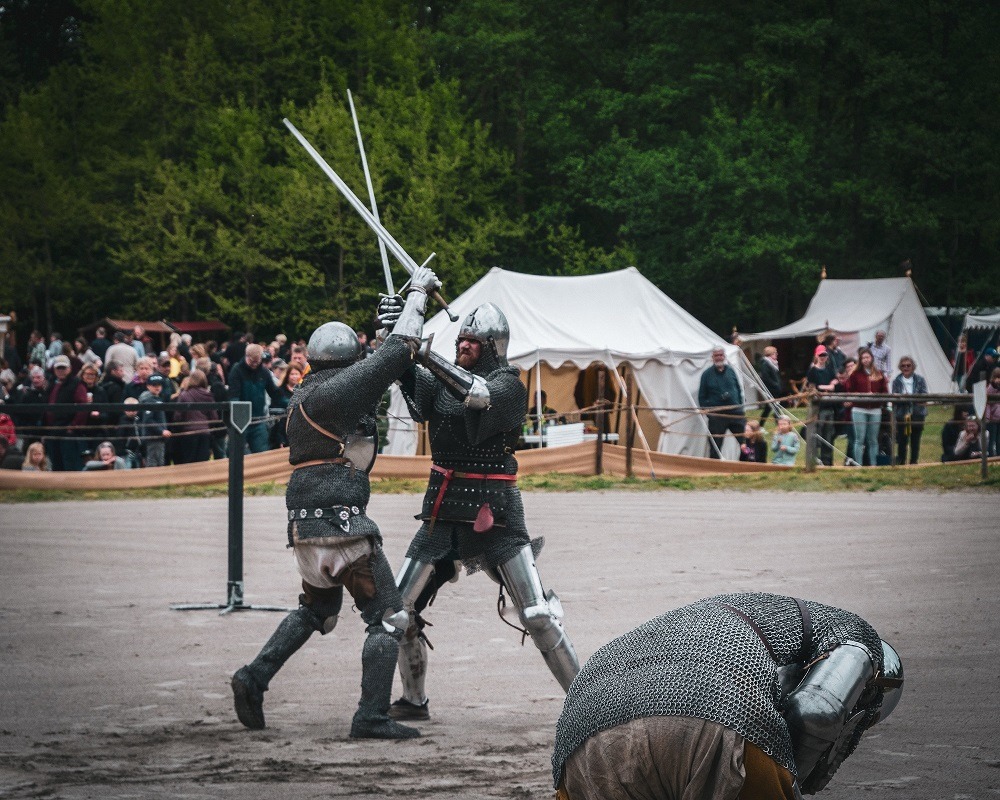
How Long Does It Take to Learn Sword Fighting in HEMA?
A common question that beginners in HEMA have is how much time it takes to learn sword fighting and to perform at a relatively high degree of skill. There are
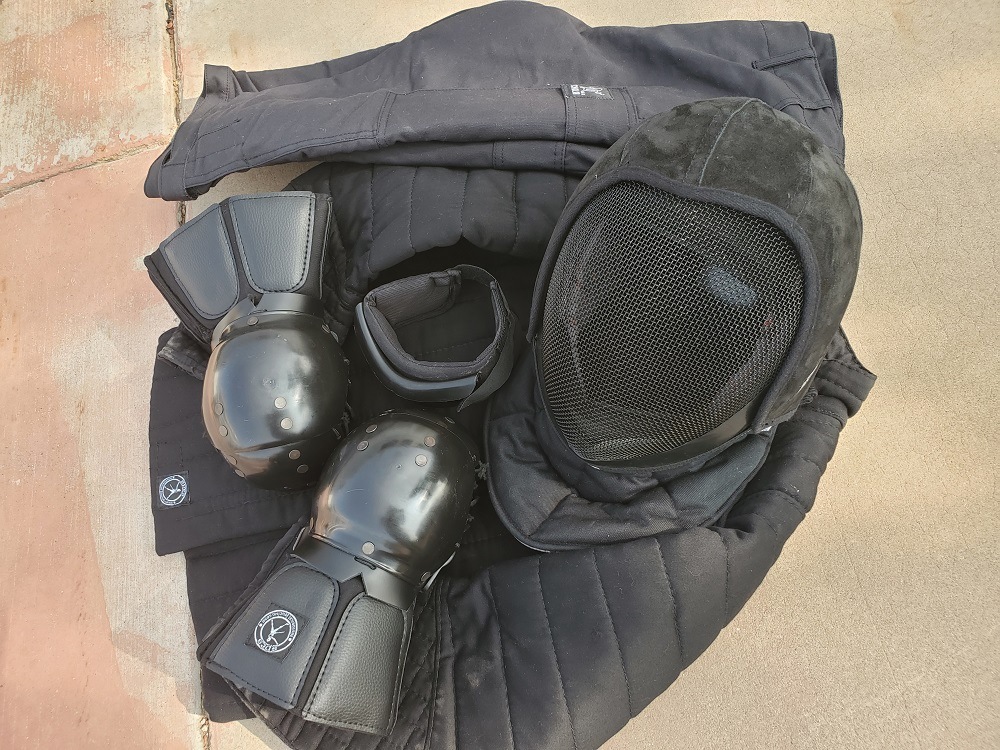
How to Measure and Choose the Correct Size Fencing Mask for HEMA
Something we realize we had overlooked in the past is providing advice on how to measure your head and choose the correct size fencing mask for yourself when you want
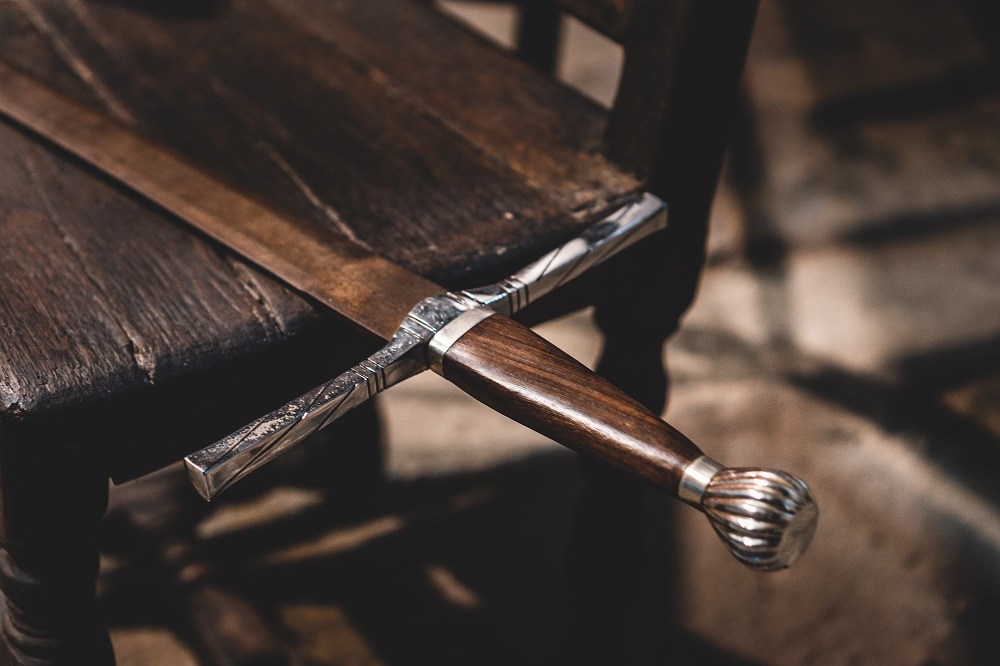
How to Choose a Long Sword for Tameshigiri Test Cutting in HEMA
Choosing a medieval long sword for tameshigiri-style test cutting in HEMA is not a simple decision. The weight of the sword, the length of the sword, and the type of
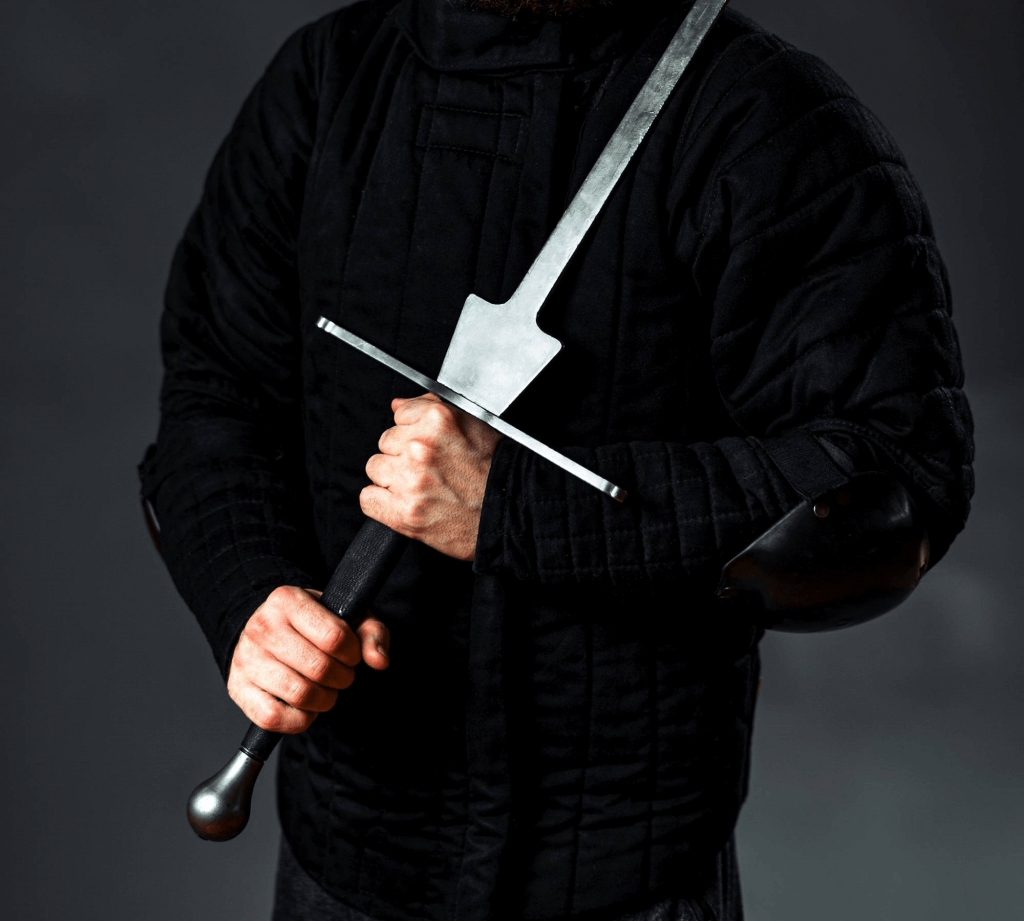
How to Store and Transport Your Swords for HEMA Training
Anyone who practices Historical European martial arts (HEMA) is primarily practicing a weapon based martial art and as such needs an effective and safe means of storing and transporting their
HEMA Resources has over 100 articles discussing historical swordsmanship. Please read our Guides section for a full list of all available articles to read.
About HEMA Resources
Our website is dedicated to promoting and providing educational information about HEMA. It can shock people to learn there are many martial artists today who study the utilization of authentic swordsmanship when fencing rather than using the epee and foil. There are individuals who work on everything from how to battle with fourteenth century two-handed swords to people who practice how to fight with eighteenth century British military sabers. This style of traditional historical based fencing is called HEMA, or Historical European Martial Arts. The alternative terms Western martial arts (WMA) and historical European swordsmanship (HES) are also sometimes used. Most HEMA groups center around the study of two-handed longsword techniques as recorded in surviving ancient manuals that were written in the fourteenth to sixteenth century, hundreds of years ago in what is today Italy and Germany. Yet there are numerous HEMA clubs that also research and practice the use of blades as taught by Spanish, Italian and German experts, those who study the smallsword and the military saber, and much more. Battling with a sword and buckler is also common at HEMA groups. By reading our website Historical European Martial Arts Resources you will learn about these practices.
